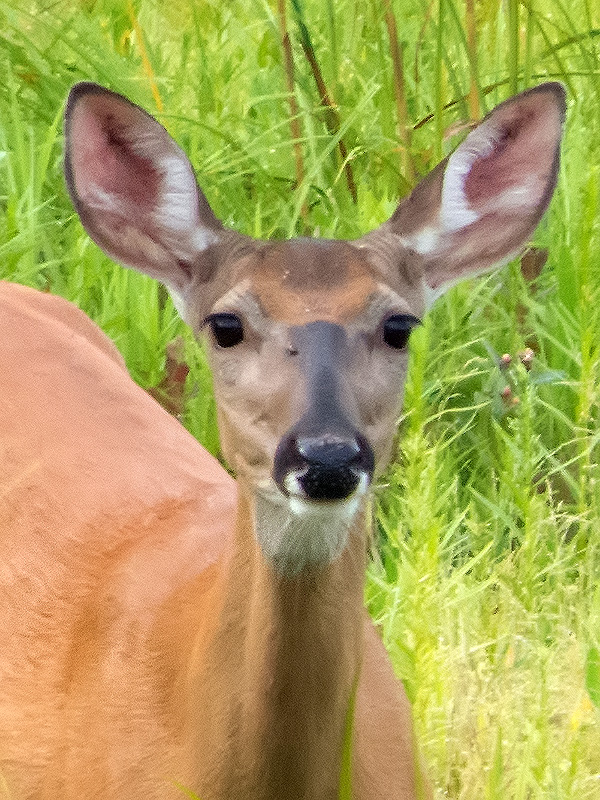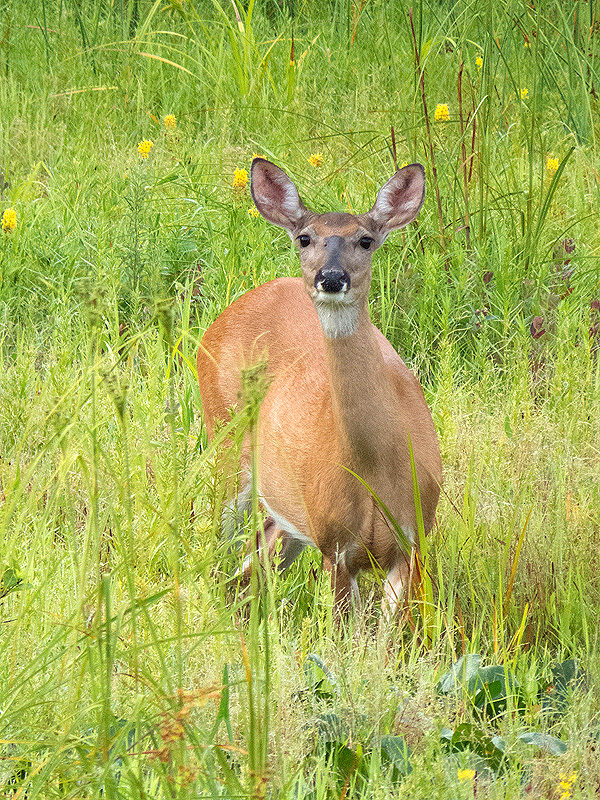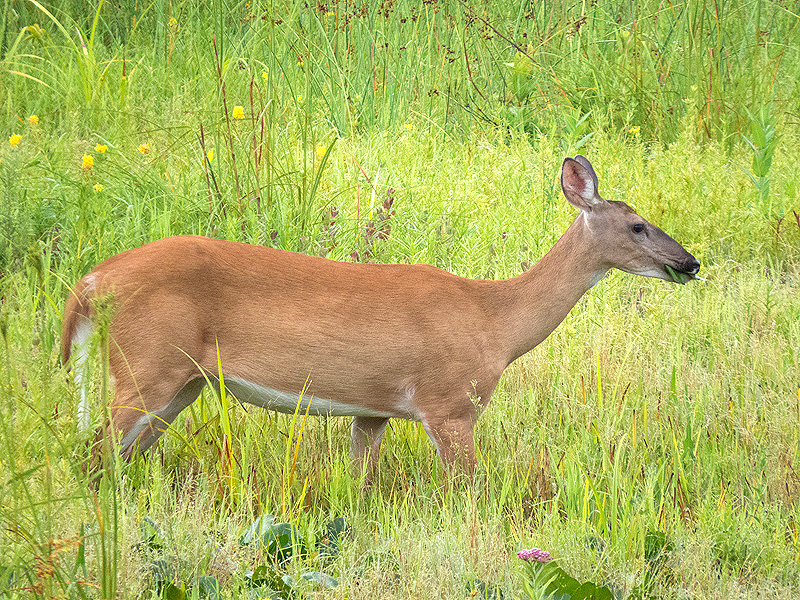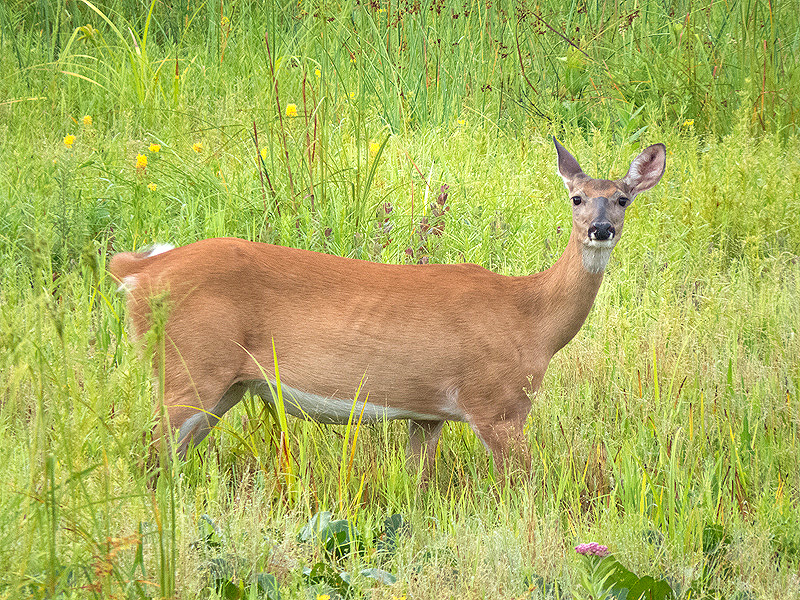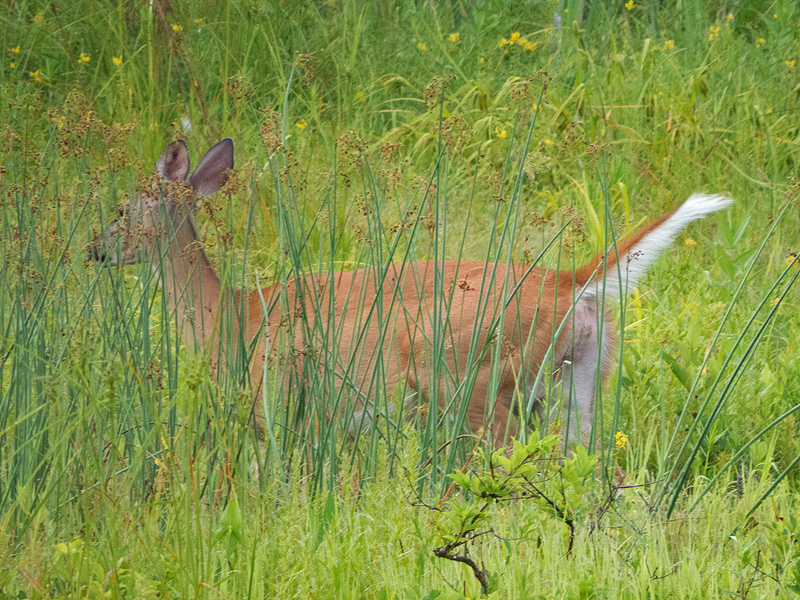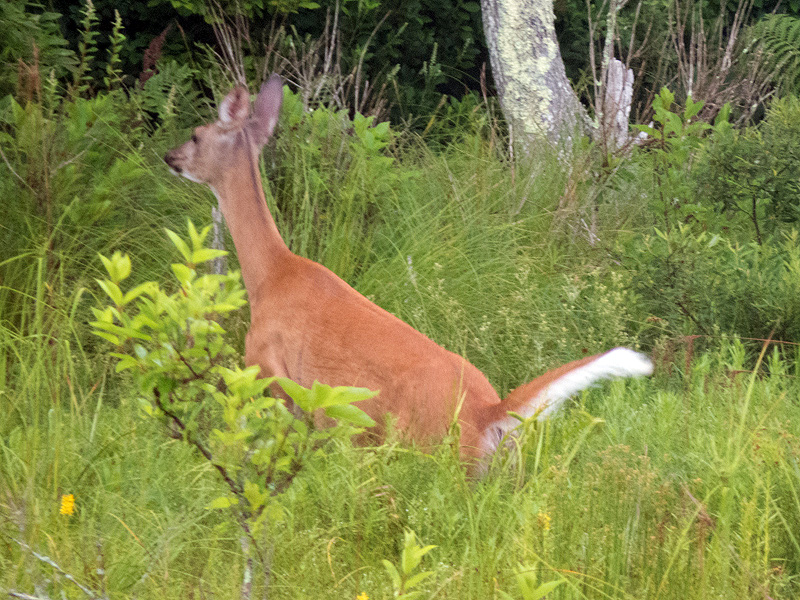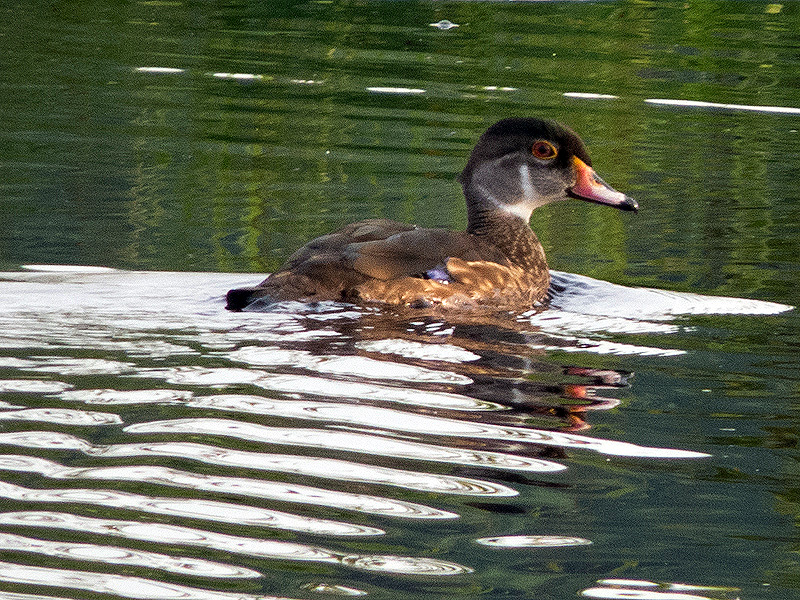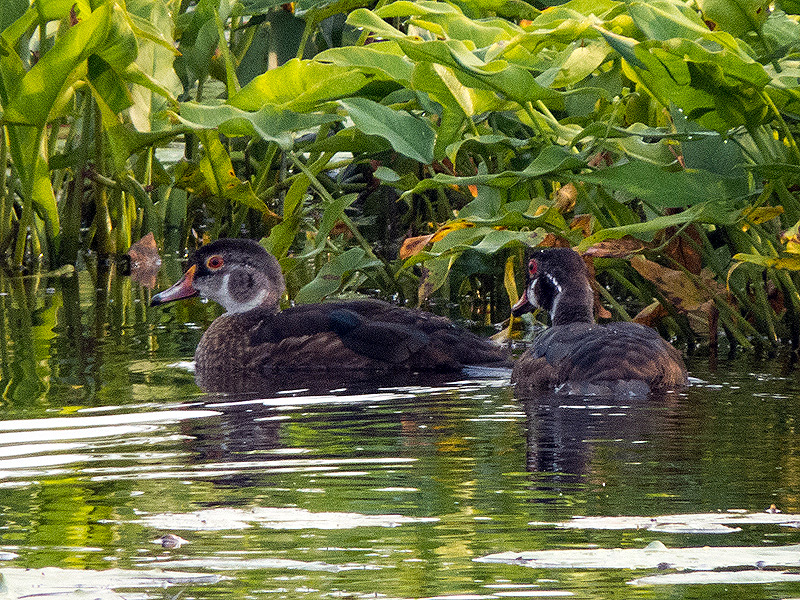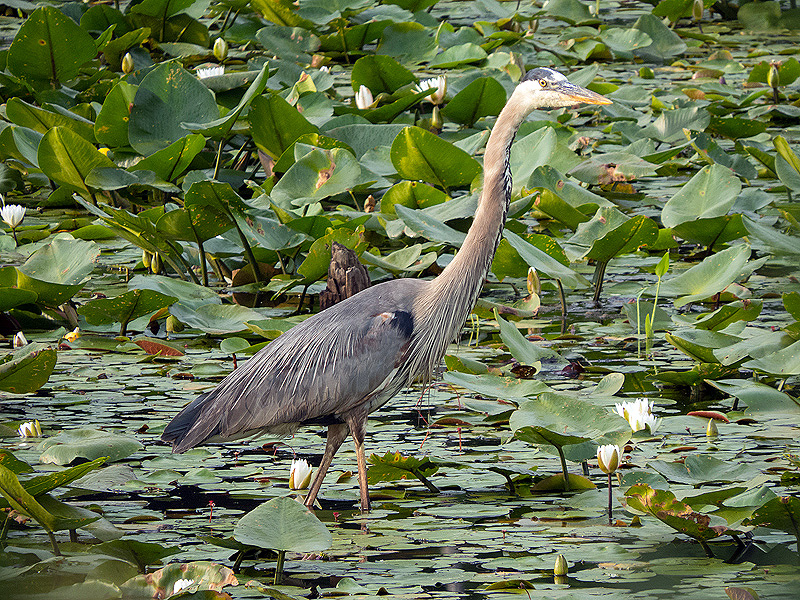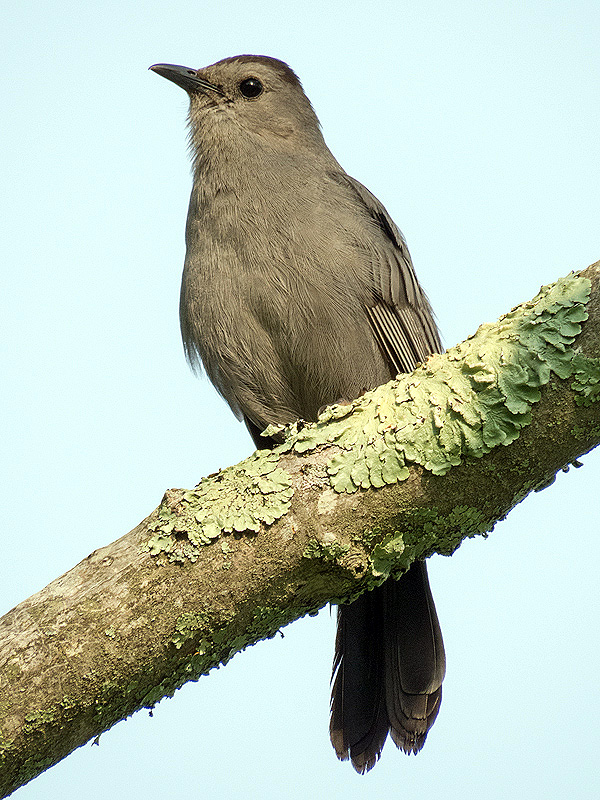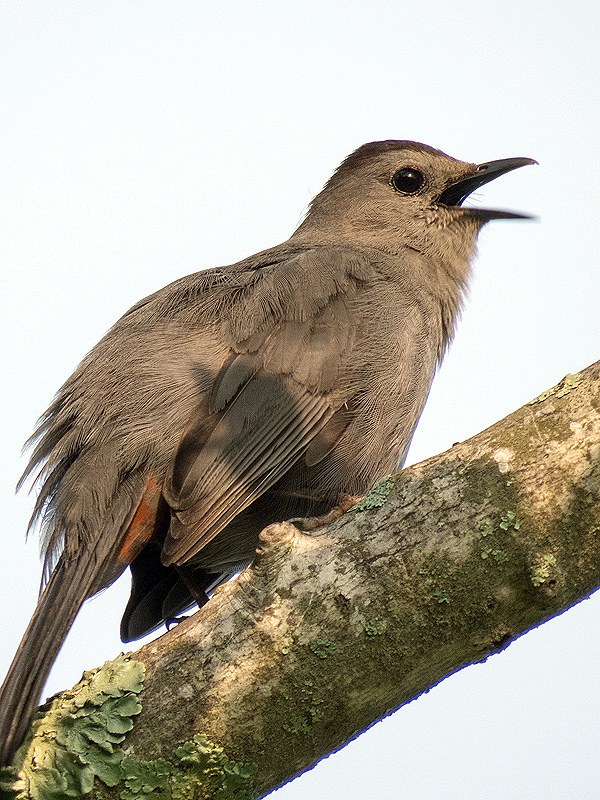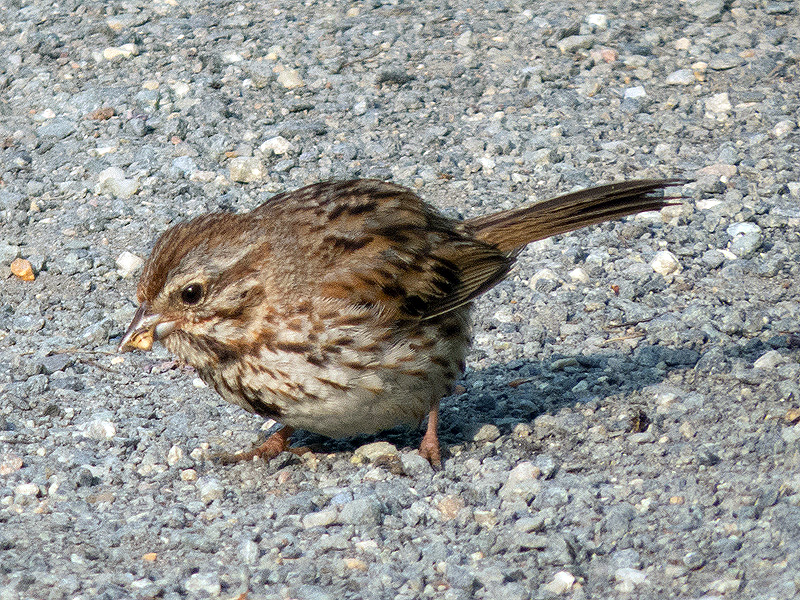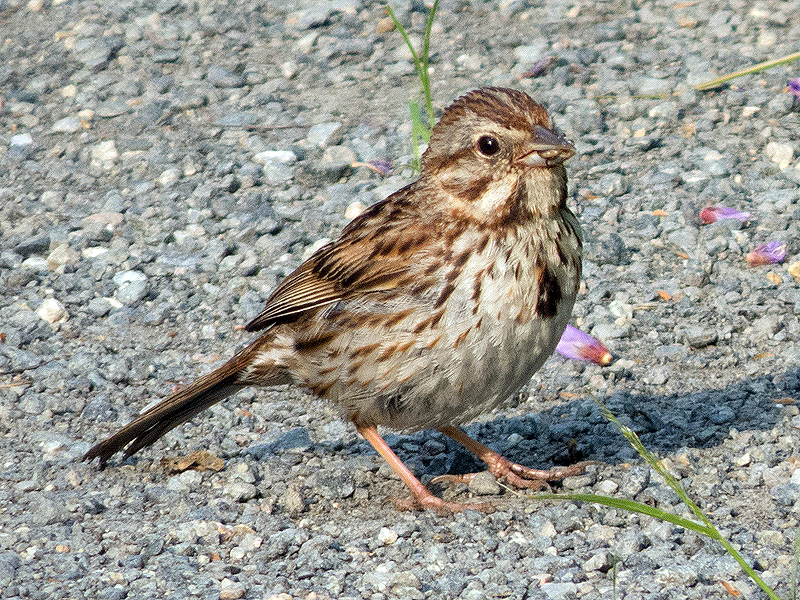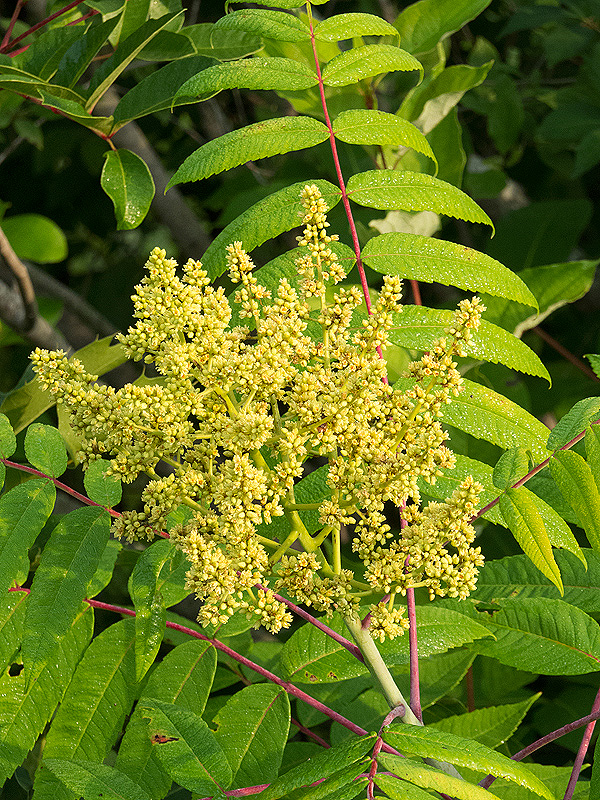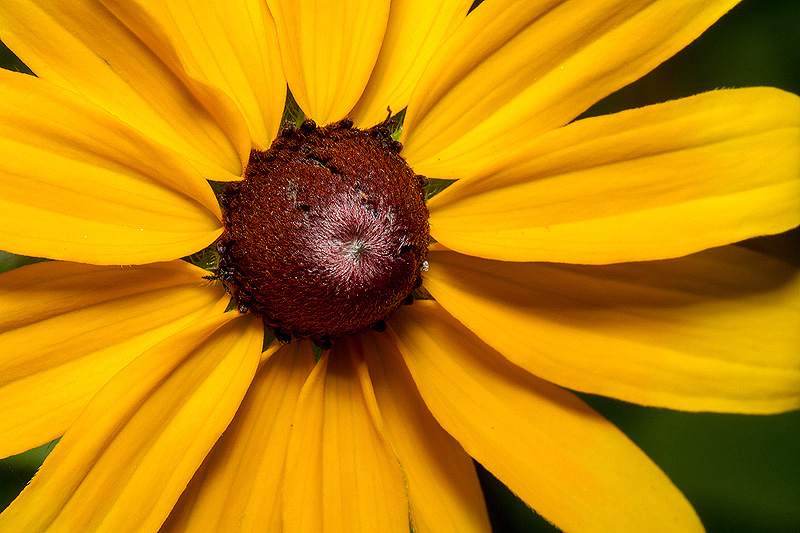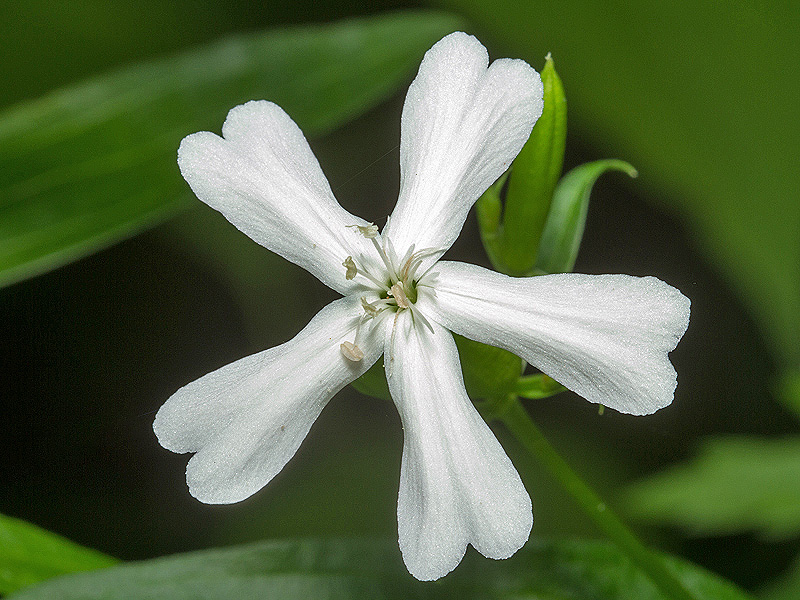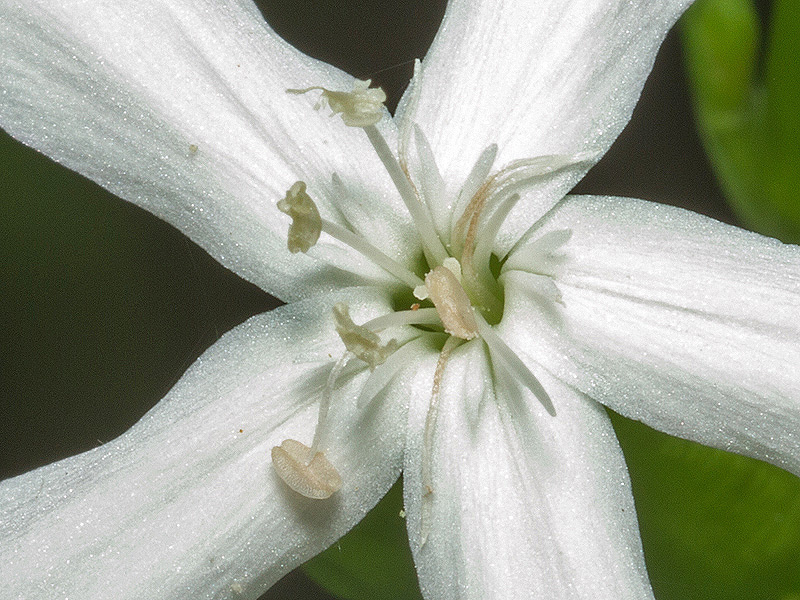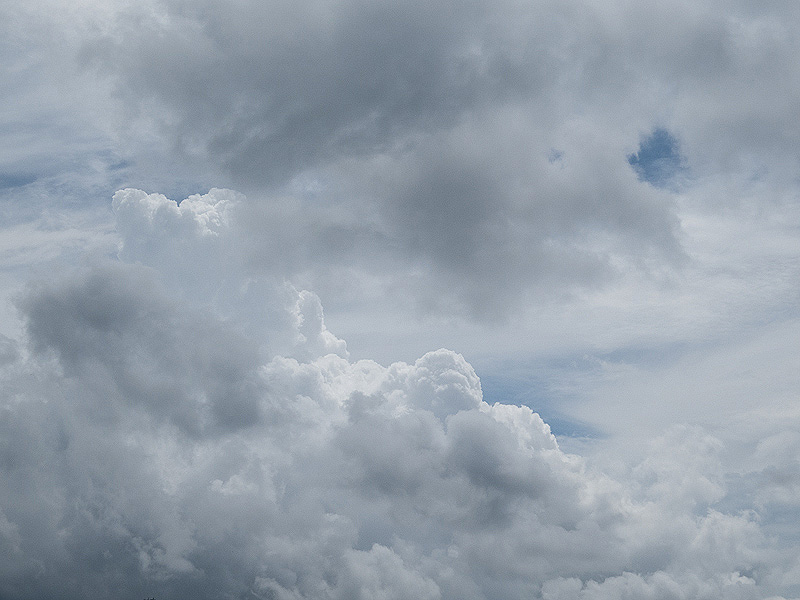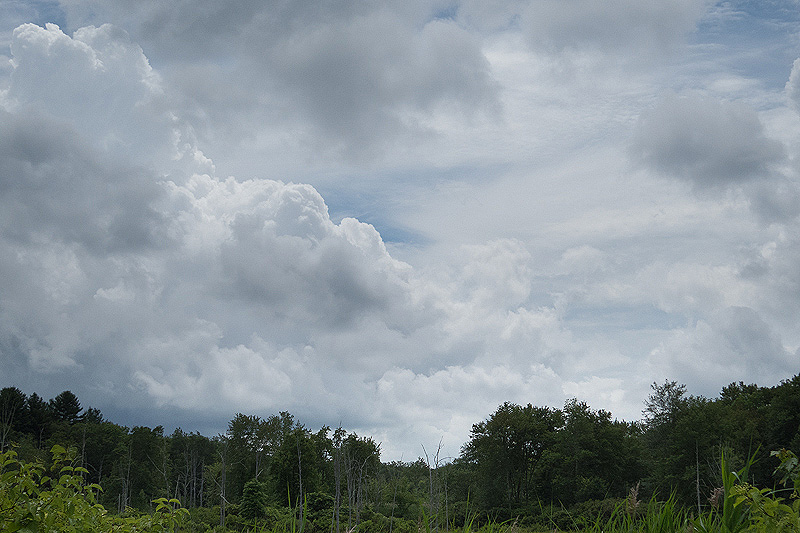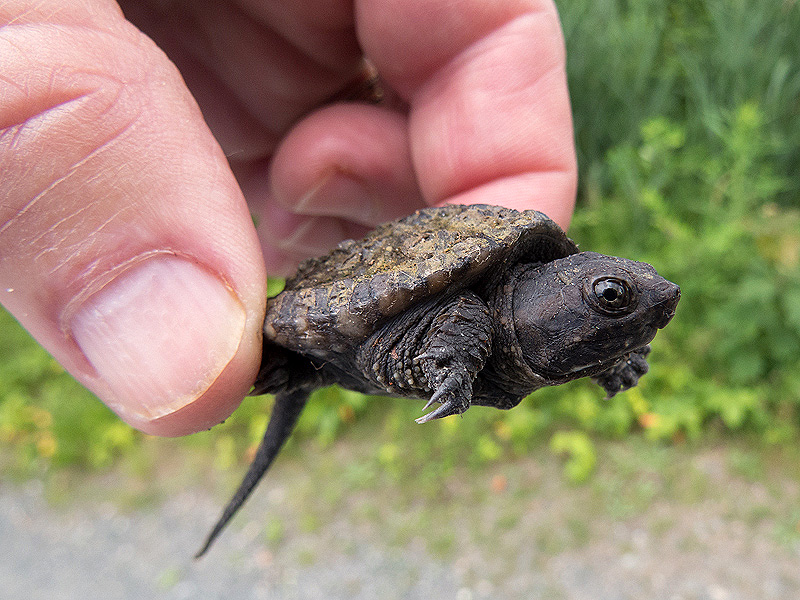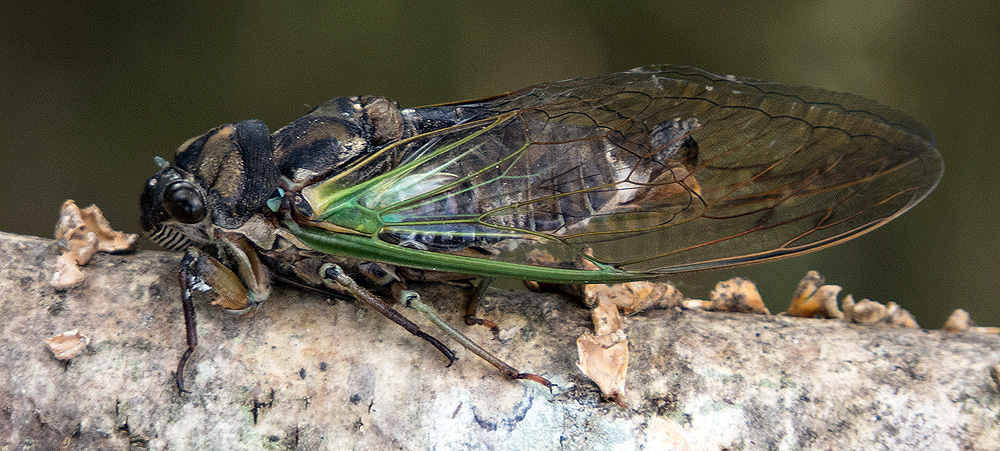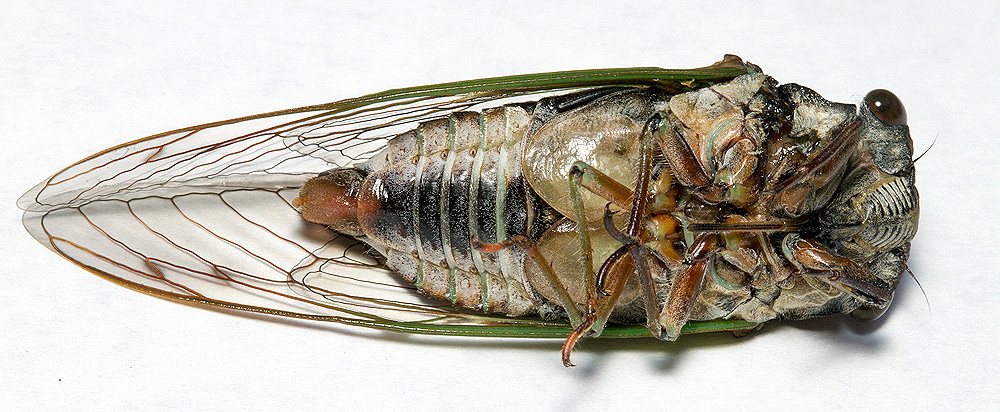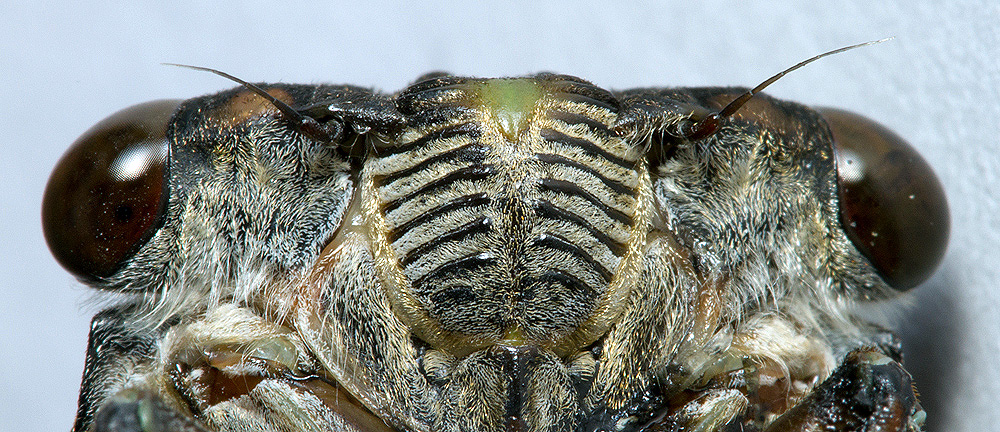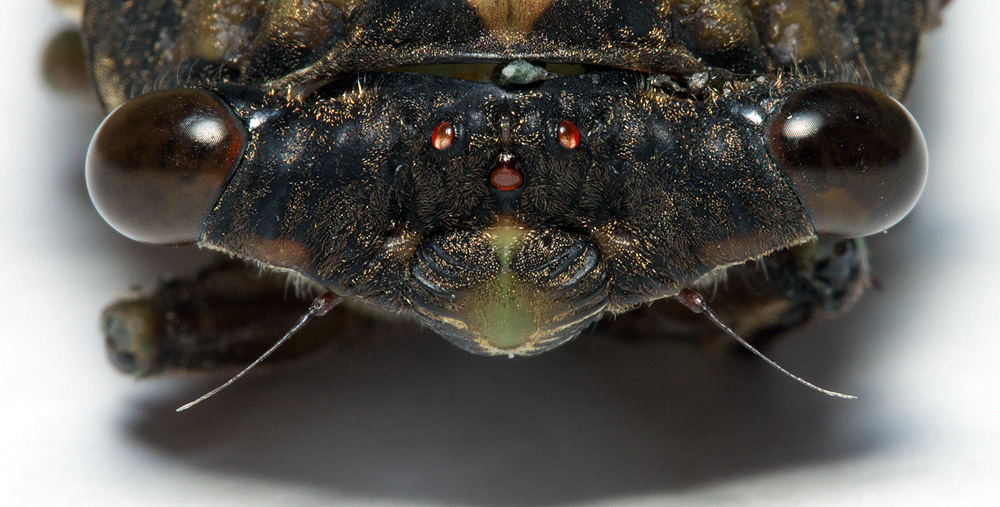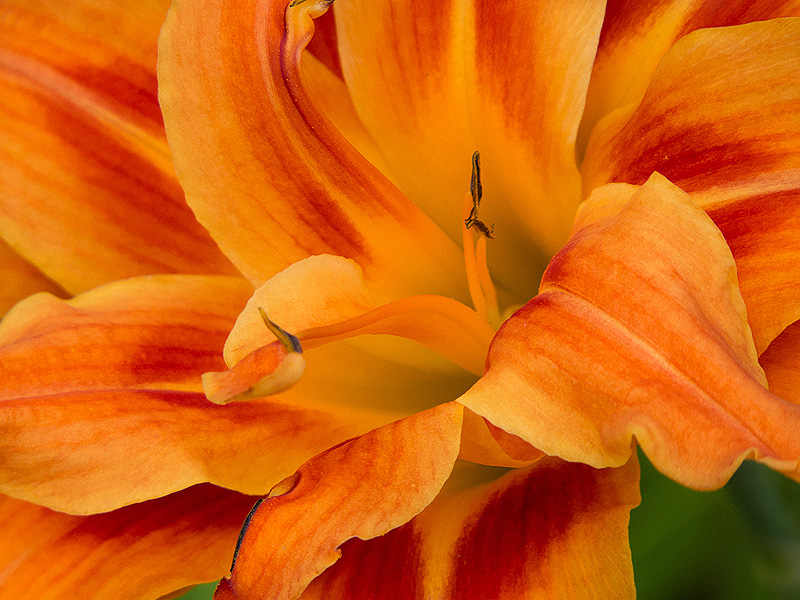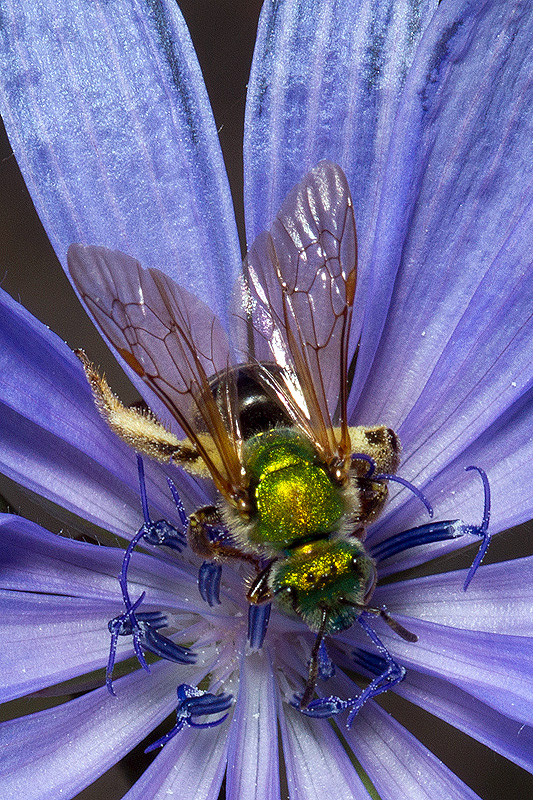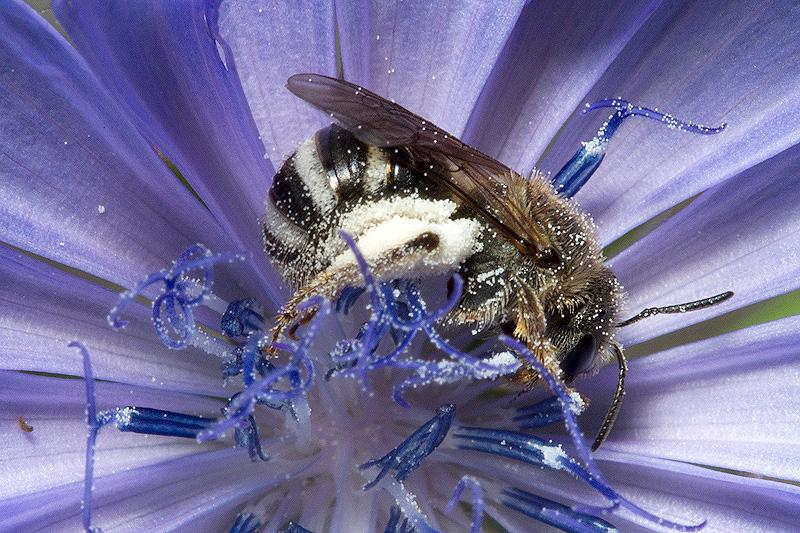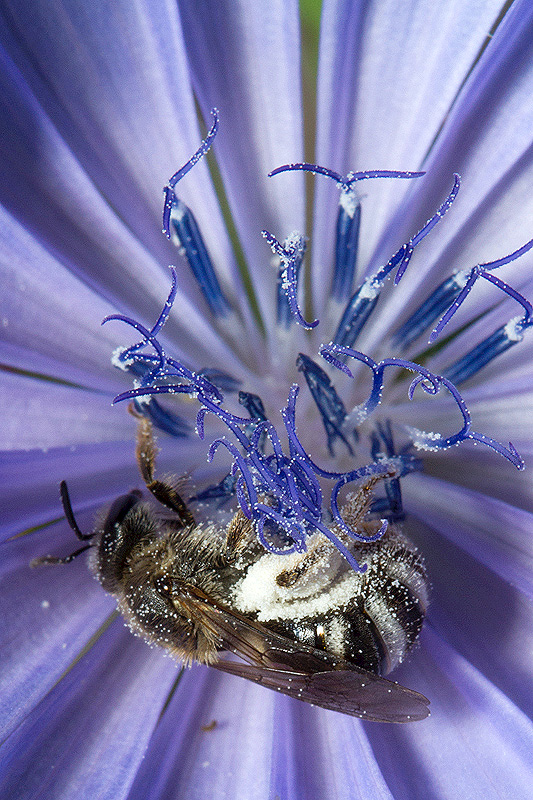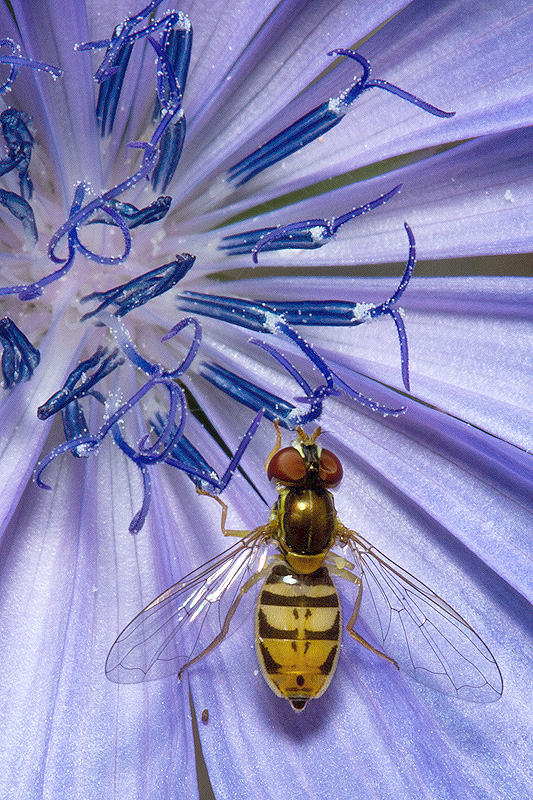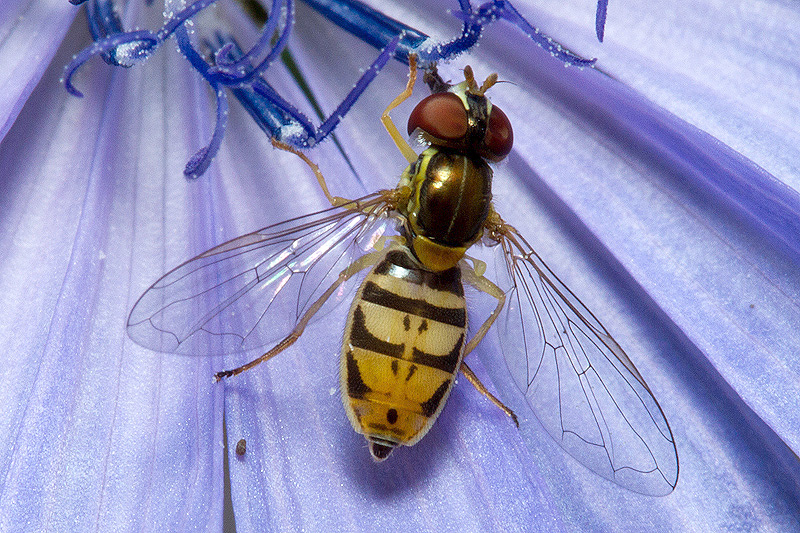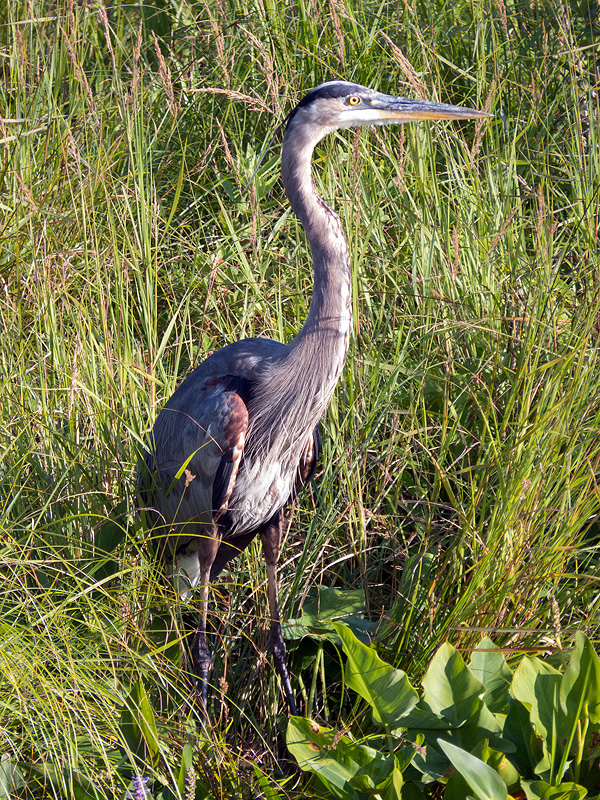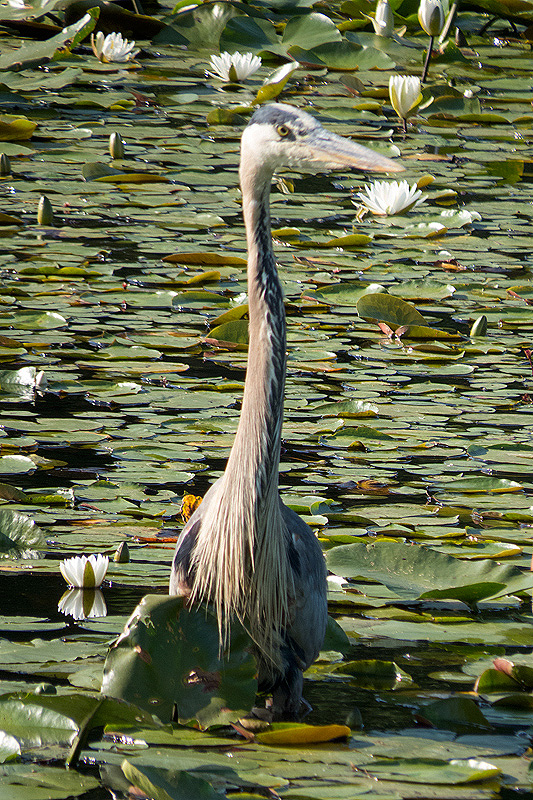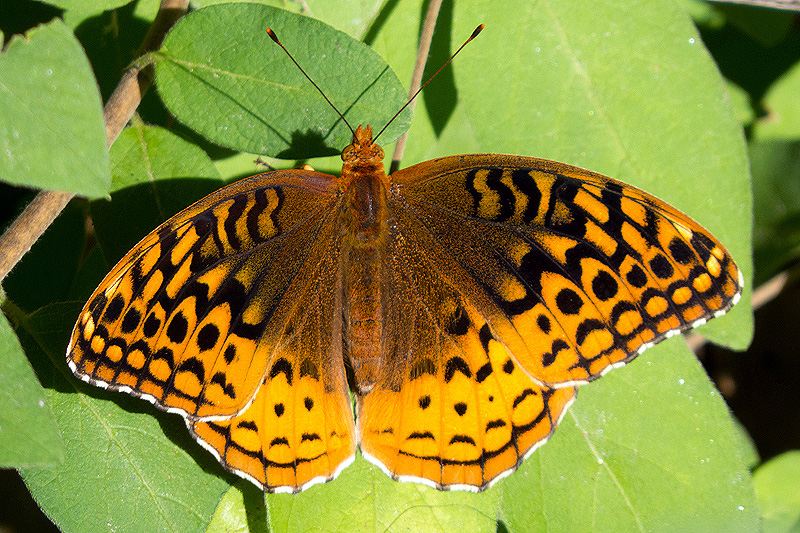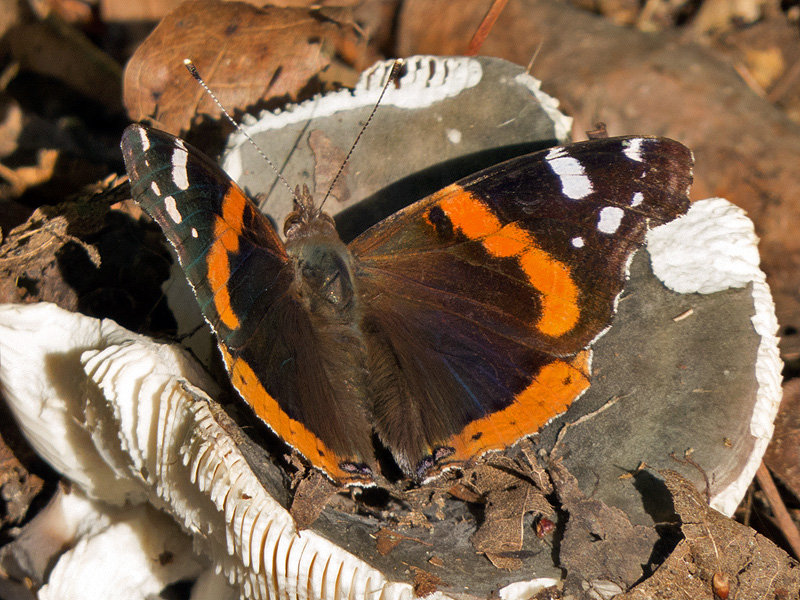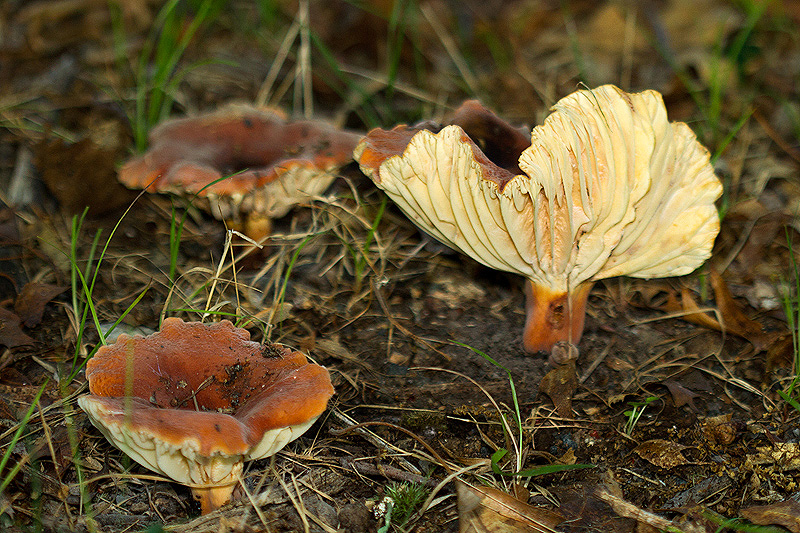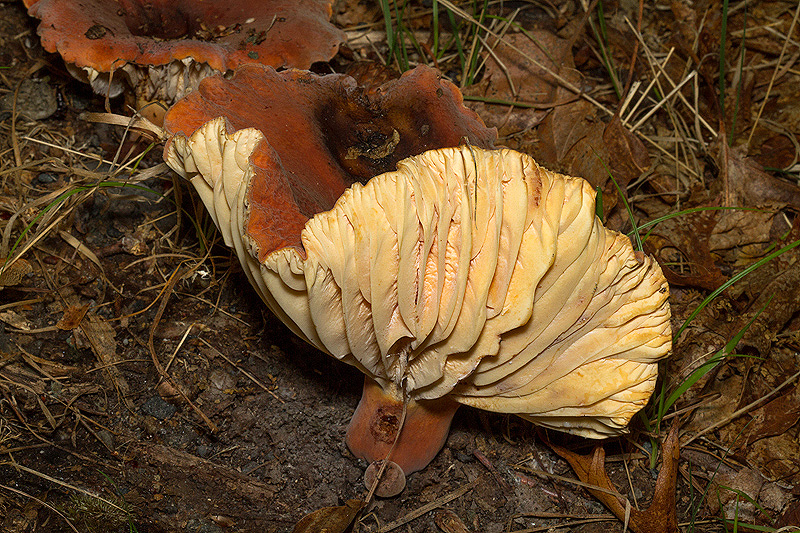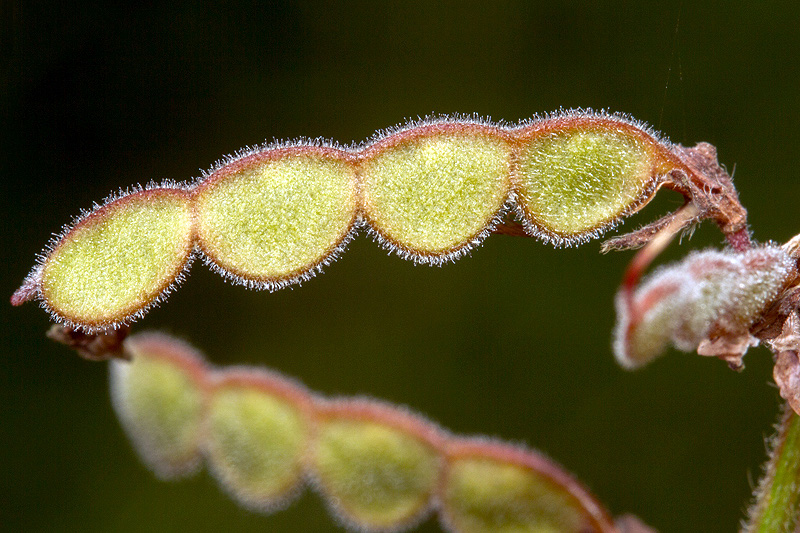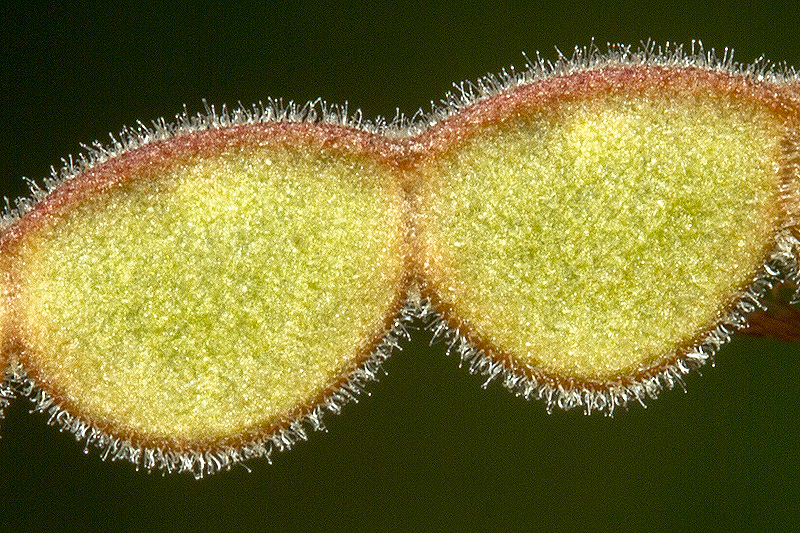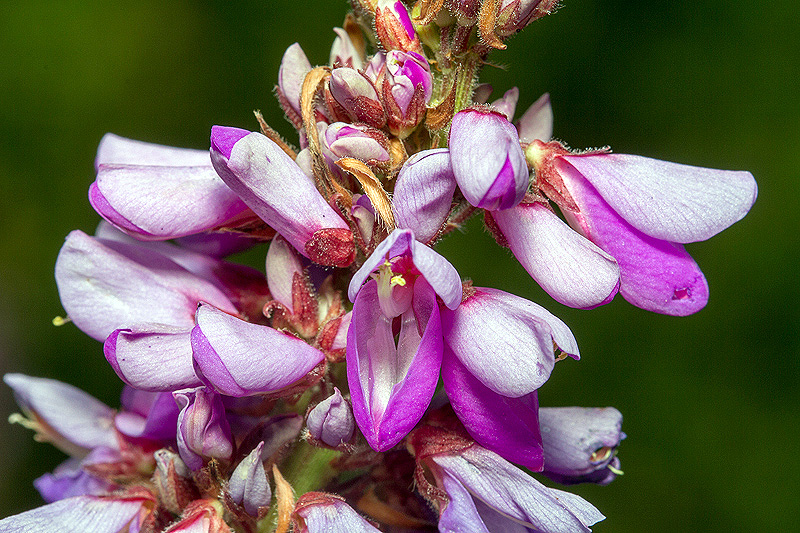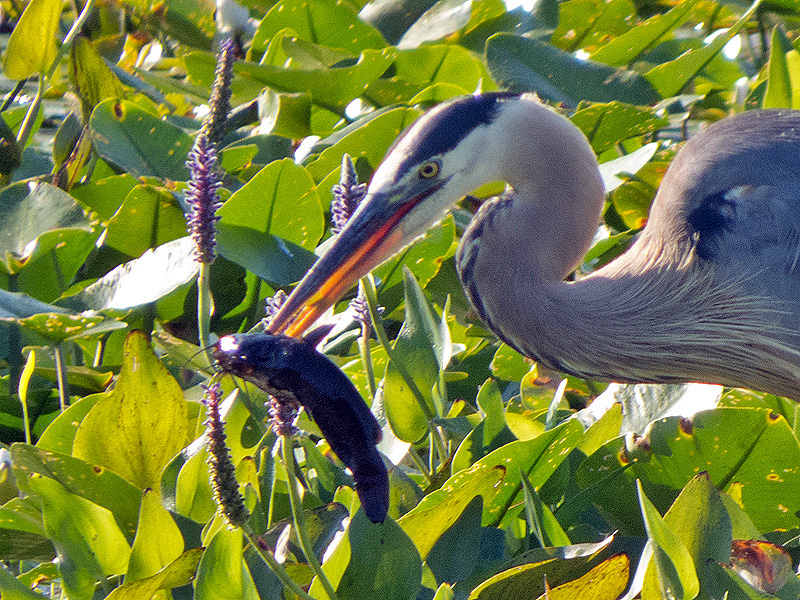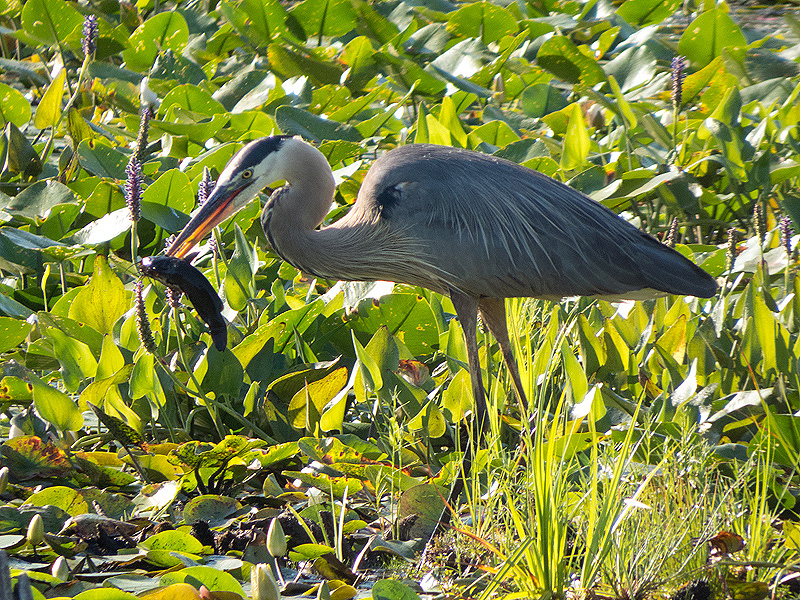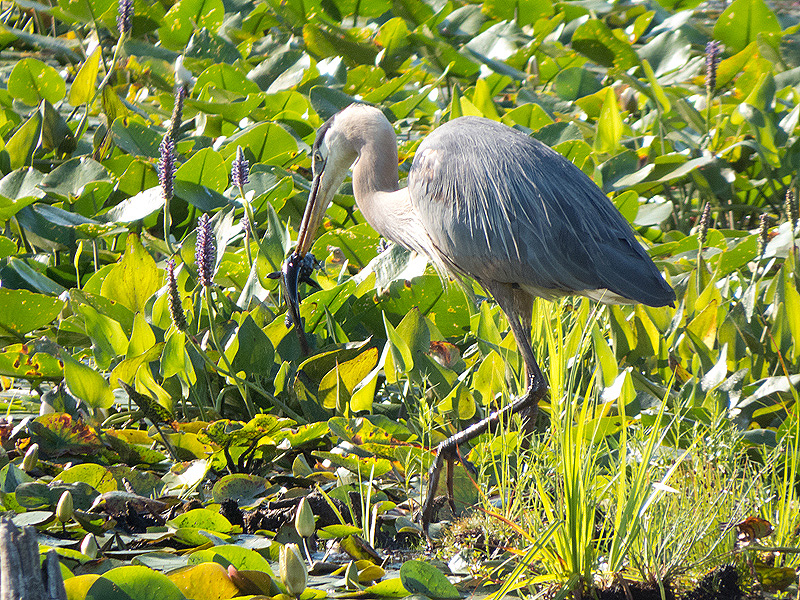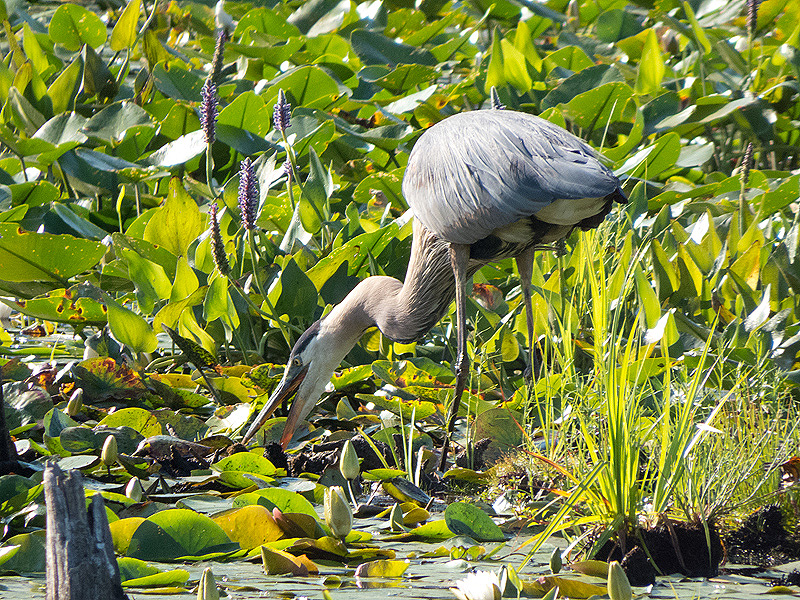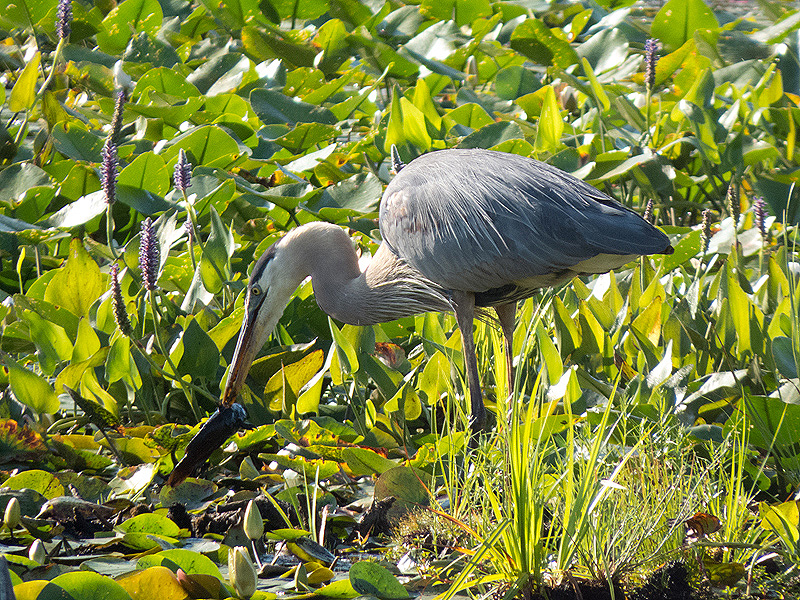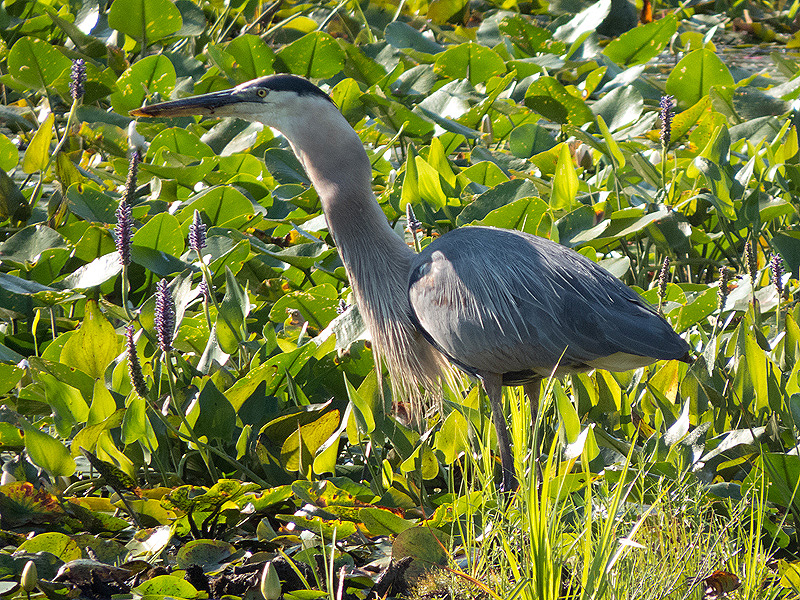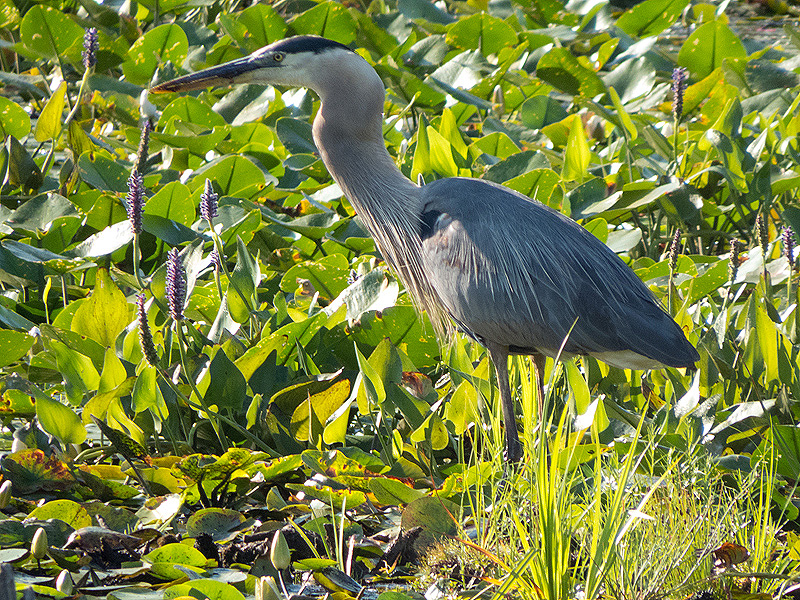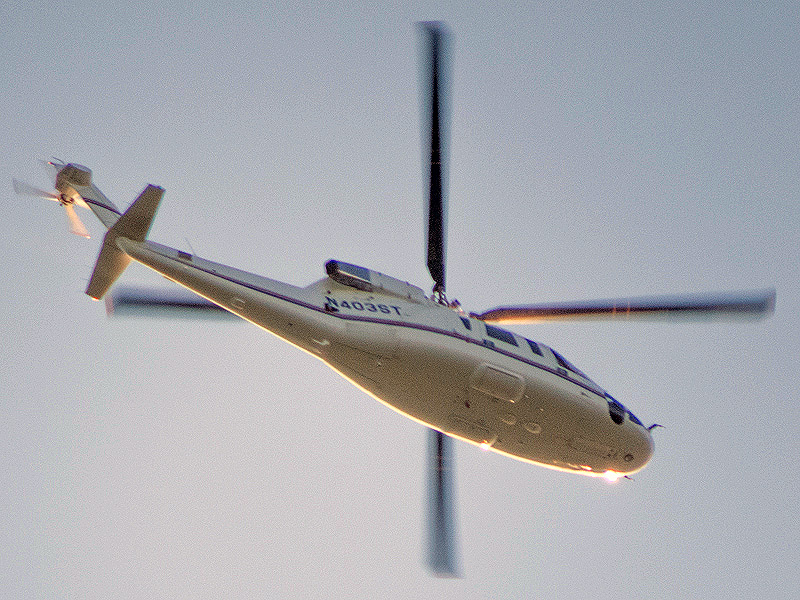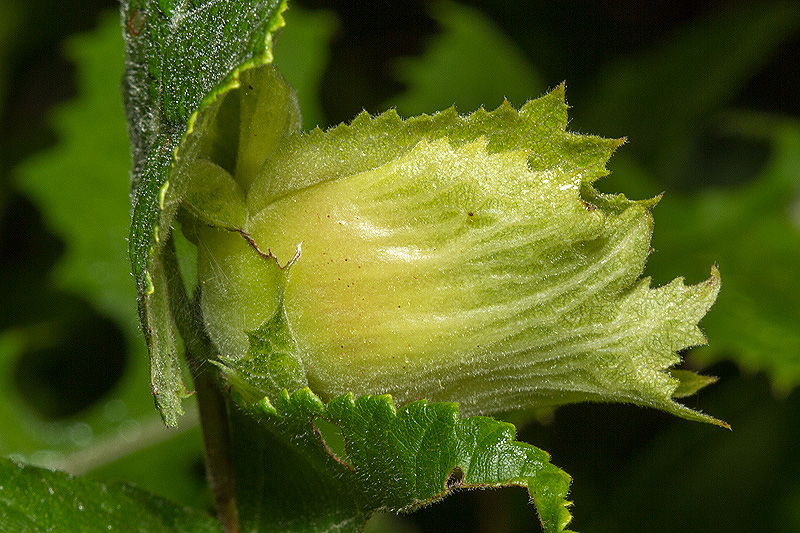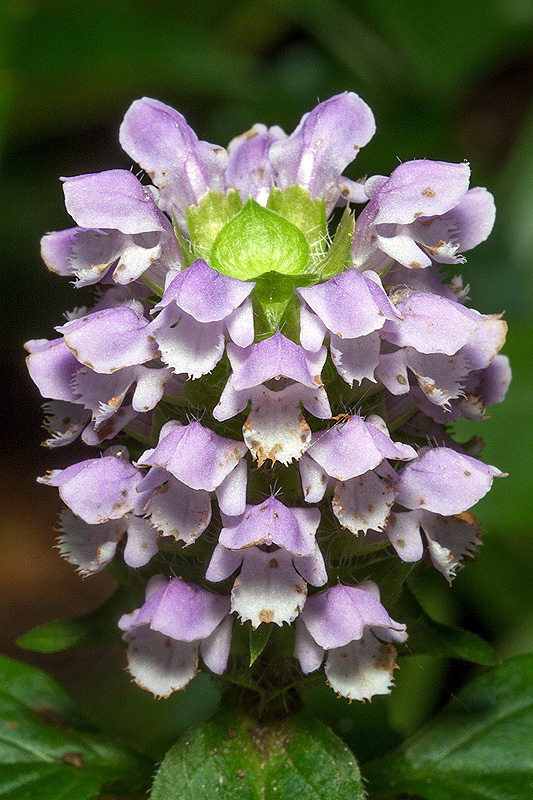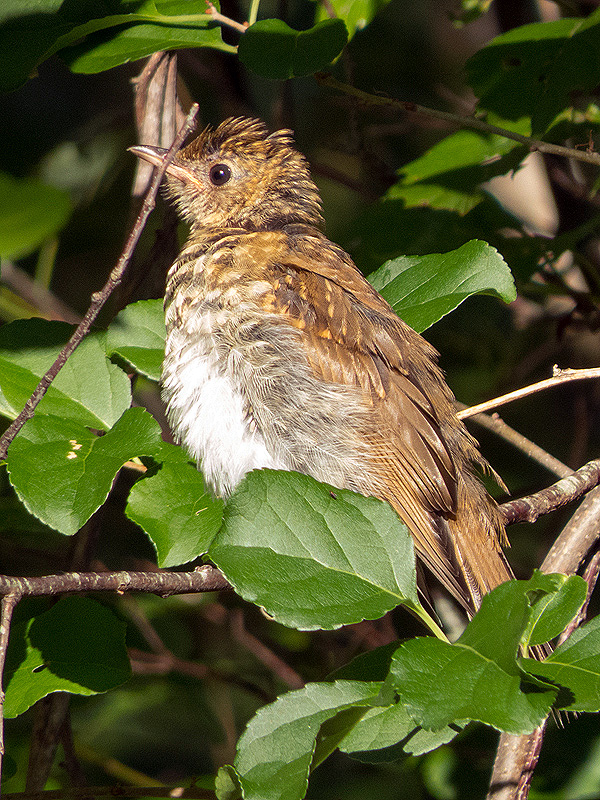Along the Air Line... 2015 - Summer, Part 4 The Air Line Trail in Eastern Connecticut - Stan Malcolm Photos |
mHome Page Stan's FlickR Albums |
July 13th. White-tailed Deer (Odocoileus virginianus). |
|
|
Some snorts... |
|
...and she's off. |
Young male Wood Ducks (Aix sponsa) are getting their adult eclipse colors. |
|
Great Blue Heron (Ardea herodius). |
Gray Catbird (Dumetella carolinensis). |
|
|
Song Sparrow (Melospiza melodia) eating a bug. |
|
Sumac (Rhus sp.) in flower. Bumblebees love it. |
Black-eyes Susan (Rudbeckia hirta). |
Bouncing Bet (Saponaria officinalis). |
|
July 14th. A humid afternoon with showers threatening. |
|
|
|
Snapping Turtle (Chelydra serpentina) young have hatched. Cute at this age; as adults, not so much. |
Including the tail, this one was roughly 3.5 inches long. |
A dead male "Dog -day" Cicada (Tibicen canicularis) posed on a dead branch. |
The underside. Note the two large semi-circular plates between the thorax and abdomen. They cover the sound-producing organs. |
Underside of the head. The washboard-like structure houses muscles of a feeding pump. (Does anyone remember washboards?) |
Three red simple eyes (ocelli) complement the large compound eyes at thje side of the head. |
Another triple Day-lily (Hemerocallis fulva) flower, demonstrating that it has some reproductive parts but they are abnormally adherent to petals. |
July 15th. Chicory (Cichorium intybus). |
|
A Sweat Bee (Family Halictidae; probably Agapostemon virescens). |
Probably another Halictid Bee, possibly an Andrenid. |
|
A Flower Fly (Family Syrphidae; Toxomerus marginatus). |
|
|
July 16th. The first of two Great Blue Herons (Ardea herodius) on the marsh this morning. |
|
The second one was just across the trail from the first. |
Territorial male butterflies this morning. Great Spangled Fritillary (Speyeria cybele). |
Red Admiral (Vanessa atalanta). (I also saw but was unable to photograph an Eastern Comma.) |
I think these are Hygrophorus Milky mushrooms (Lactarius hygrophoridea). (Mycophile Terry Stoleson confirmed the ID. She says, "There are a lot of this species out now. Edible - and a lot of people love them. Poles like to brine them.") |
Note the widely spaced gills... |
...and the milky white latex when damaged. |
Showy Tick-Trefoil (Desmodium canadense) seeds have developed. The slightest touch and they'll attach to clothing of passers-by. |
Note the sticky hairs that make the seeds nearly impossible to remove. |
As a reminder, the flowers look like this - in tall spikes that will gradually lean over into the trail. |
Sumac (Rhus sp.) flowers up close. |
July 17th. A Great Blue Heron (Ardea herodius) with a breakfast catfish. |
|
About to place it back down and give it a few more "tenderizing" stabs... |
...then pick it up... |
|
...and send it down the hatch. |
|
An overhead reminder of the world away from the trail. |
American Hazel or Filbert (Corylus americana) fruits are developing. |
Selfheal (Prunella vulgaris). |
I'm guessing a juvenile American Robin (Turdus migratorius). |
